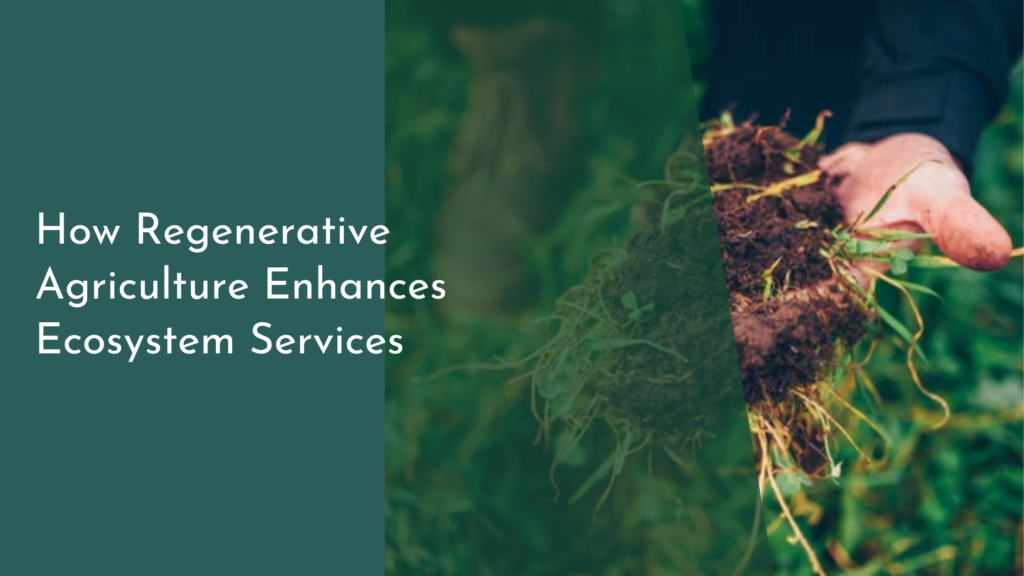Agroforestry in Arid and Semi-Arid Regions
Agroforestry—the integration of trees and shrubs into agricultural landscapes—presents a transformative solution for farming in arid and semi-arid regions. As the world faces increasing challenges from climate change and desertification, this innovative approach offers not only sustainable practices but also a pathway toward improved livelihoods for farmers. By marrying agriculture with forestry, communities can enhance their resilience to changing weather patterns, optimize resource use, and create more diverse ecosystems.
In dry landscapes where traditional farming methods often struggle, agroforestry stands out as a beacon of hope. It combines the best of both worlds, helping to restore degraded land while providing additional income through the sale of timber, fruits, and nuts. As we delve into the benefits, techniques, success stories, and sustainable solutions of agroforestry, it becomes clear that this practice is a key player in securing food and environmental security in some of the most challenging climates on Earth.
Exploring the Benefits of Agroforestry in Dry Landscapes
Agroforestry offers a myriad of benefits for those living in arid and semi-arid regions. One of the most significant advantages is improved soil health. By planting trees alongside crops, farmers can enhance soil structure and fertility through the addition of organic matter from fallen leaves and branches. This natural process helps retain moisture, combat erosion, and reduce the need for chemical fertilizers—an essential factor in regions where water is scarce.
Moreover, agroforestry systems can provide additional income streams for farmers. Diverse crops, including fruits and nuts, can be grown alongside traditional staples, ensuring a steady income throughout the year. This diversification not only helps secure financial stability but also provides a nutritional boost to local diets, supporting overall community health. As farmers cultivate more resilient ecosystems, they are better equipped to face the uncertainties of climate change, making agroforestry an invaluable resource in dry landscapes.
Innovative Techniques for Thriving in Arid Environments
To successfully implement agroforestry in arid regions, innovative techniques tailored to local conditions are essential. One such technique is the use of drought-resistant tree species that can thrive in low-water environments. Trees like the Moringa or Acacia not only withstand harsh conditions but also provide shade for crops, reducing evaporation and maintaining soil moisture. These trees can also enhance microclimates, creating more favorable conditions for understory plants to flourish.
Another innovative method is the practice of contour farming combined with agroforestry. By planting trees and crops along the contours of the land, farmers can reduce soil runoff and maximize water retention. This practice allows rainwater to infiltrate the soil more effectively, promoting healthier root systems and improving crop yields. Through the strategic integration of trees and crops, farmers are not only boosting productivity but also embracing a holistic approach to land management that respects the ecological balance of their environment.
Success Stories: Communities Flourishing with Agroforestry
Across the globe, numerous communities have successfully adopted agroforestry practices, showcasing the potential of this approach in arid regions. In parts of Africa, for example, farmers have implemented alley cropping, where rows of trees are planted between their crops. This method has not only increased crop yields but has also fostered a sense of community as farmers share knowledge and resources, creating a network of support that enhances their collective resilience.
In India, the integration of fruit-bearing trees into agricultural plots has revolutionized local economies. Farmers who once faced uncertainty due to erratic rainfall have found stability as they diversify their income through the sale of mangoes, guavas, and other fruits. The additional shade provided by these trees has improved soil health and crop yields, illustrating how agroforestry can empower communities to thrive in challenging environments. These success stories inspire others to adopt similar practices and highlight the transformative power of agroforestry.
Sustainable Solutions: Enhancing Biodiversity and Resilience
Agroforestry not only transforms agricultural practices but also enhances biodiversity, which is crucial for ecological resilience in arid and semi-arid regions. By cultivating a variety of tree and plant species, agroforestry systems create habitats for various wildlife, promoting a balanced ecosystem. This biodiversity helps control pests naturally, reducing the need for chemical interventions and allowing for a more harmonious coexistence between agriculture and wildlife.
Furthermore, the resilience of agroforestry systems in the face of climate change is remarkable. The presence of diverse plant species enhances the overall adaptability of the ecosystem, allowing it to withstand extreme weather events such as droughts or heavy rains. As farmers embrace agroforestry, they are not only investing in their immediate agricultural success but also contributing to the health of the planet. This sustainable approach not only aids in combating desertification but also provides a model for future agricultural practices globally.
In summary, agroforestry presents a promising solution for the myriad challenges faced by communities in arid and semi-arid regions. With its ability to enhance soil health, provide diverse income streams, and promote biodiversity, this integrated approach to land use can transform dry landscapes into thriving ecosystems. The innovative techniques and success stories emerging from agroforestry initiatives inspire hope and demonstrate the resilience of both nature and humanity. As we continue to explore and expand upon these sustainable practices, we pave the way for a brighter, more resilient future for our planet.


